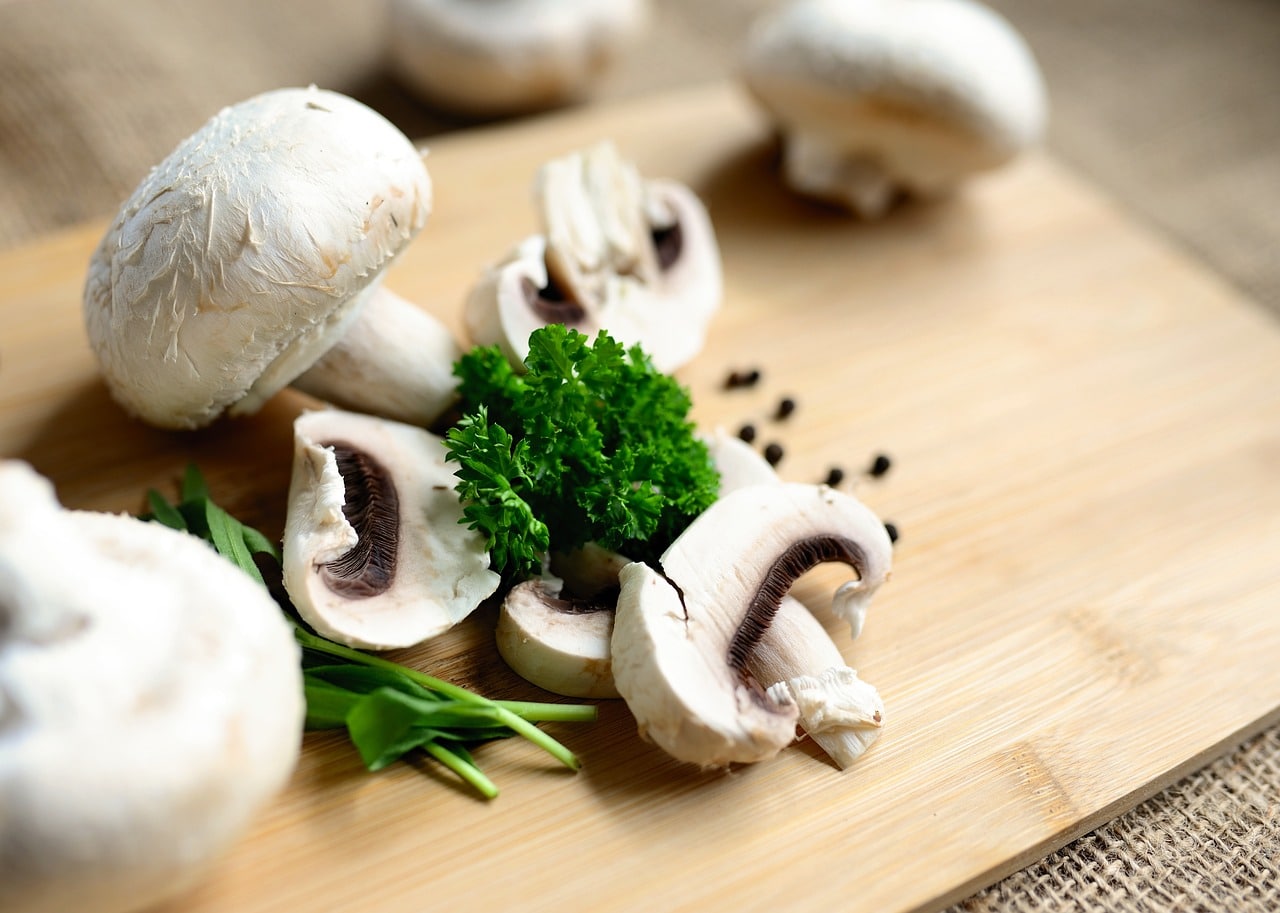
Introduction
Diabetes is a chronic condition that affects millions of people worldwide.
Managing diabetes often involves monitoring blood sugar levels and making dietary choices that help control these levels.
One essential aspect of diabetes management is to consume low sugar foods that can help stabilize blood sugar and promote overall health.
In this comprehensive guide, we will explore 15 of the best low sugar foods that can be beneficial for individuals with diabetes, as well as anyone looking to maintain a healthier lifestyle.
Additionally, we will provide practical Indian breakfast, lunch, and dinner ideas, along with low sugar drinks, to complement these dietary choices, as physical activity is crucial for diabetes management.
Low Sugar Foods: A Key to Diabetes Management
Diabetes is a metabolic disorder characterized by high blood sugar levels resulting from either insufficient insulin production or the body’s inability to use insulin effectively.
While medication and insulin therapy are essential components of diabetes management, dietary choices play a crucial role in controlling blood sugar levels and preventing complications.
A low sugar diet is a cornerstone of diabetes management.
By choosing foods that have a minimal impact on blood sugar levels, individuals with diabetes can better regulate their condition and reduce the risk of complications such as heart disease, kidney problems, and nerve damage.
The 15 low sugar foods highlighted in this article are not only diabetes-friendly but also offer a wide range of health benefits, making them valuable additions to anyone’s diet.
1. Leafy Greens:

Leafy greens like spinach, kale, and Swiss chard are packed with essential nutrients, including vitamins A and C, iron, and fiber.
They are also incredibly low in sugar, making them an excellent choice for those looking to control their blood sugar levels.
Incorporating leafy greens into your diet can help improve insulin sensitivity and reduce the risk of diabetes-related complications.
2. Berries:
Berries such as blueberries, strawberries, and raspberries are not only delicious but also low in sugar and high in antioxidants.
These antioxidants can help reduce inflammation and oxidative stress, which are common in diabetes.
Berries also provide fiber, which aids in controlling blood sugar levels by slowing down the absorption of sugar.
3. Nuts:
Nuts like almonds, walnuts, and pistachios are rich in healthy fats, protein, and fiber.
They have a minimal impact on blood sugar and can help keep you feeling full, reducing the temptation to snack on high-sugar foods.
Additionally, the magnesium in nuts can improve insulin sensitivity.
4. Fish:
Fatty fish like salmon, mackerel, and sardines are excellent sources of protein and omega-3 fatty acids.
Omega-3s have been shown to lower the risk of heart disease, a common complication of diabetes.
Moreover, they have a negligible impact on blood sugar, making them a diabetes-friendly choice.
5. Cauliflower:
Cauliflower is a versatile low-carb vegetable that can be used as a substitute for high-carb options like rice or mashed potatoes.
It is low in sugar and provides fiber and essential vitamins and minerals.
Cauliflower can be a valuable addition to a diabetic diet, helping to control blood sugar spikes.
6. Avocado:

Avocado is another low sugar food that is rich in healthy fats and fiber.
The monounsaturated fats in avocados can help improve insulin sensitivity and reduce the risk of heart disease.
They are also a great source of potassium, which is important for maintaining healthy blood pressure levels.
7. Greek Yogurt:
Greek yogurt is a low sugar dairy option that is high in protein.
Protein-rich foods can help stabilize blood sugar levels and promote satiety.
Choose plain, unsweetened Greek yogurt and add your own berries or a small amount of honey for natural sweetness.
8. Legumes:
Legumes like lentils, chickpeas, and black beans are rich in fiber and protein, making them an excellent choice for controlling blood sugar levels.
They have a low glycemic index, meaning they cause a gradual rise in blood sugar rather than a sudden spike.
9. Eggs:
Eggs are a nutrient-dense, low sugar food that can be a part of a diabetes-friendly diet.
They provide protein and essential vitamins and minerals, including vitamin D, which is important for bone health.
10. Chia Seeds:
Chia seeds are a superfood packed with fiber, healthy fats, and antioxidants.
When mixed with liquid, they form a gel-like substance that can help stabilize blood sugar levels by slowing down the digestion of carbohydrates.
11. Broccoli:
Broccoli is a low sugar vegetable that is rich in vitamins, minerals, and antioxidants.
It is also high in fiber, which can aid in blood sugar control.
Adding broccoli to your meals can provide a nutritional boost without causing spikes in blood sugar.
12. Mushrooms:

Mushrooms are a low-calorie, low sugar food that can add flavor and texture to a variety of dishes.
They are also a source of antioxidants and essential nutrients like vitamin D and selenium.
13. Cinnamon:
While not a food per se, cinnamon is a spice that can be a valuable addition to a diabetic diet.
It has been shown to improve insulin sensitivity and lower blood sugar levels.
Sprinkle cinnamon on your oatmeal, yogurt, or in your morning coffee to reap its benefits.
14. Quinoa:
Quinoa is a whole grain that is lower in carbohydrates and higher in protein and fiber compared to traditional grains like rice.
It has a mild, nutty flavor and can be used as a base for salads, side dishes, or as a breakfast alternative.
15. Tomatoes:
Tomatoes are low in sugar and rich in vitamins, especially vitamin C and potassium.
They are also a source of lycopene, an antioxidant that may help reduce the risk of heart disease, a concern for many individuals with diabetes.
Indian Meal Ideas for Diabetes Management
Breakfast:

- Vegetable Omelette: Prepare an omelette with egg whites, diced bell peppers, onions, and tomatoes. Season with herbs and spices for flavor.
- Dalia (Broken Wheat Porridge): Cook Dalia with water or milk, and add a sprinkle of chopped nuts and a touch of cinnamon for extra flavor.
- Methi Thepla: Make whole wheat flatbreads (thepla) with fenugreek leaves. Serve with low-fat yogurt and a side of cucumber.
Lunch:
- Salad with Chickpea Chaat: Toss together a salad with chickpeas, cucumber, tomatoes, and onions. Season with lemon juice, chaat masala, and a hint of olive oil.
- Palak Paneer: Enjoy a classic dish of spinach (palak) cooked with paneer (cottage cheese) and spices. Opt for a tomato-based sauce with minimal sugar.
- Tandoori Chicken or Tofu: Marinate chicken or tofu in yogurt and tandoori spices, then grill or bake until tender. Serve with a side of mint chutney and a simple cucumber salad.
Dinner:
- Bhindi Masala: Sauté okra (bhindi) with onions, tomatoes, and a blend of spices for a flavorful side dish. Pair it with whole wheat roti or brown rice.
- Dal Tadka: Prepare a hearty lentil soup (dal) with a tempering of spices (tadka). Serve with a small portion of brown rice or whole wheat roti.
- Fish Curry: Make a fish curry with tomatoes, onions, and a blend of spices. Use minimal oil and pair it with a side of steamed broccoli or cauliflower.
Low Sugar Drinks:
- Cucumber Mint Infused Water: Infuse water with cucumber slices and fresh mint leaves for a refreshing, sugar-free drink.
- Herbal Teas: Enjoy herbal teas like cinnamon tea or ginger tea without added sugar.
- Lemon Water: Squeeze fresh lemon juice into a glass of water for a tangy and hydrating beverage.
Mindful Habits for Diabetes Management:
- Regular Blood Sugar Monitoring: Keep a log of your blood sugar levels and follow your healthcare team’s recommendations for monitoring. Understanding your levels helps you make informed decisions about your diet and medication.
- Portion Control: Be mindful of portion sizes to avoid overeating. Use smaller plates and bowls to help control portions.
- Carb Counting: Learn to count carbohydrates and understand how different foods affect your blood sugar. This knowledge can help you make balanced meal choices.
- Stress Management: Practice stress-reduction techniques like deep breathing, meditation, or yoga. Chronic stress can impact blood sugar levels.
- Sleep: Prioritize good sleep hygiene. Aim for 7-9 hours of quality sleep per night, as sleep is essential for blood sugar control.
- Stay Hydrated: Drink plenty of water throughout the day to stay hydrated, which can help regulate blood sugar levels.
- Regular Physical Activity: Maintain a consistent exercise routine as recommended by your healthcare team. Physical activity can help lower blood sugar and improve insulin sensitivity.
- Medication Compliance: Take your prescribed medications as directed by your healthcare provider to manage blood sugar effectively.
- Healthy Food Choices: Make mindful choices when dining out or ordering takeout. Opt for grilled or baked options, request sauces and dressings on the side, and choose whole grains when possible.
- Support System: Build a support system of friends and family who can encourage and motivate you on your diabetes management journey.
The Role of Exercise in Diabetes Management:

In addition to making smart dietary choices, incorporating regular physical activity into your routine is crucial for managing diabetes.
Exercise helps lower blood sugar levels, improve insulin sensitivity, and reduce the risk of heart disease.
Here are some practical exercise ideas that can complement your low sugar diet:
- Aerobic Exercise:
- Brisk Walking: Aim for at least 150 minutes of brisk walking per week. It’s an excellent low-impact exercise that can be done almost anywhere.
- Cycling: Whether on a stationary bike or out in nature, cycling is a great way to improve cardiovascular fitness.
- Strength Training:
- Bodyweight Exercises: Incorporate bodyweight exercises like push-ups, squats, and planks into your routine to build muscle and boost metabolism.
- Resistance Bands: Use resistance bands to perform strength-training exercises that target different muscle groups.
- Flexibility and Balance:
- Yoga: Yoga not only enhances flexibility but also promotes relaxation, reducing stress levels that can affect blood sugar.
- Tai Chi: Tai Chi improves balance and coordination, reducing the risk of falls, which can be a concern for some individuals with diabetes.
- Interval Training:
- High-Intensity Interval Training (HIIT): HIIT involves short bursts of intense exercise followed by brief rest periods. It’s efficient and effective for improving cardiovascular fitness and insulin sensitivity.
- Sports and Recreation:
- Swimming: Swimming is a low-impact, full-body workout that is gentle on the joints.
- Dancing: Dancing is a fun way to stay active while enjoying music and socializing.
- Staying Active Throughout the Day:
- Take the Stairs: Whenever possible, opt for stairs instead of elevators or escalators.
- Stand Up: If you have a desk job, try to stand up and move around for a few minutes every hour.
Remember to consult with your healthcare team before starting a new exercise routine, especially if you have existing health concerns or complications related to diabetes.
They can provide guidance on the most appropriate exercises and help you create a safe and effective plan.
Conclusion:
Nourishing Your Health with Low Sugar Foods, Exercise, and Indian Cuisine.
Maintaining stable blood sugar levels is crucial for individuals with diabetes, and a diet rich in low sugar foods can be a key part of successful management.
The 15 foods listed in this comprehensive guide offer a wide range of options for creating balanced, nutritious meals while keeping sugar intake in check.
By incorporating these foods into your diet, enjoying Indian-inspired meals, and complementing them with regular physical activity, you can not only control diabetes but also promote overall health and well-being.
Incorporating more low sugar foods into your diet and staying active through exercise is a positive step towards better diabetes management and a healthier lifestyle.
Make these foods and exercise a regular part of your daily routine and watch as your blood sugar levels stabilize, and your overall health improves.
By making informed choices and prioritizing your health, you can take control of your diabetes and enjoy a better quality of life.
Diabetes management is a lifelong journey, and with the right foods, exercise, and Indian cuisine, you can navigate it successfully.
If you want to write for us, check out our Write for Us section for details.






